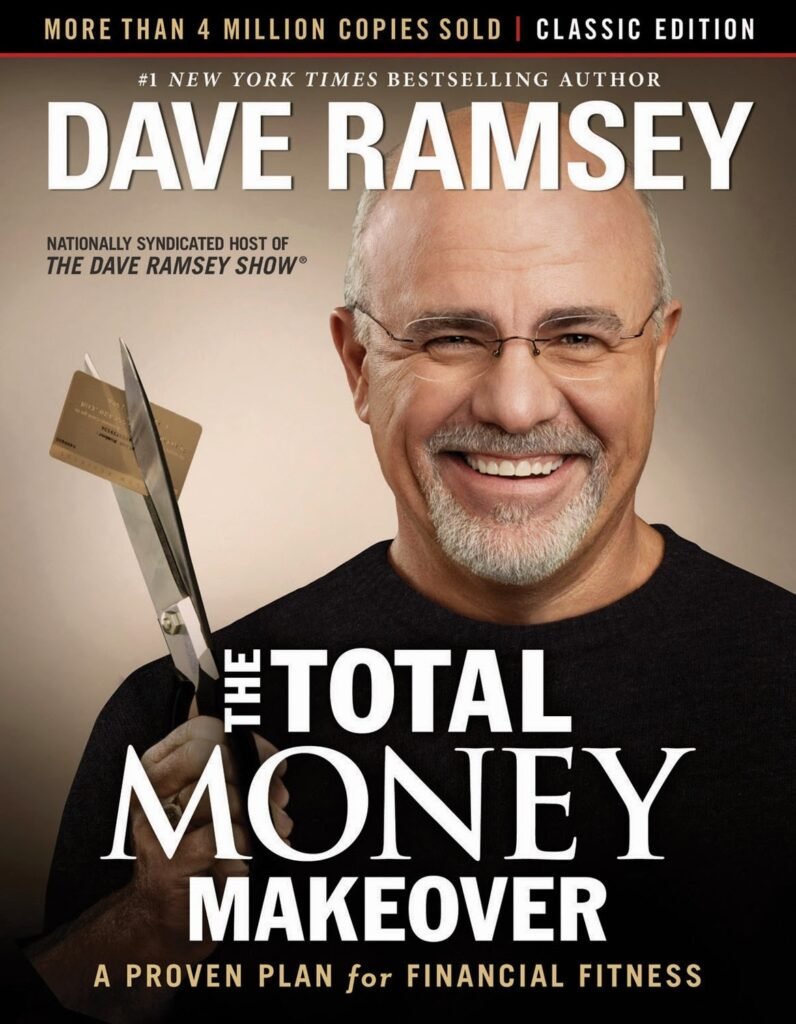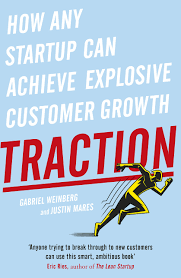Introduction – Why Most People Fail at Money
Money is one of the most common causes of stress in people’s lives. Job loss, sudden medical bills, debt, and lack of planning leave families vulnerable. In The Total Money Makeover, Dave Ramsey introduces a proven, step-by-step plan to gain control over your finances—called the 7 Baby Steps.
This plan works because it’s simple, sequential, and non-negotiable. Dave warns: “Don’t skip any step.” Each step builds a financial safety net and wealth foundation.
Let’s bring these steps to life through the story of Rohit, an IT professional in India, who went from living paycheck-to-paycheck to complete financial independence using Dave Ramsey’s principles.
Step 1: Create a Starter Emergency Fund
Dave Ramsey’s first baby step: Save ₹85,000 ($1,000) as your starter emergency fund.
This fund is your financial shock absorber—protecting you from small crises like car repairs, minor health bills, or temporary income loss.
💡 Example:
Rohit’s monthly expenses were ₹50,000. He cut eating out, canceled unused subscriptions, and sold an old scooter. In 3 months, he saved ₹85,000 and put it in a liquid mutual fund—easily accessible but separate from his daily spending account.
Why not invest this? Because this money is for emergencies, not growth. It must be safe and instantly available.
Step 2: Pay Off All Debt (Using the Debt Snowball Method)
Once the starter emergency fund is ready, it’s time to crush debt—all of it except your home loan.
Dave suggests the Debt Snowball Method:
-
List debts from smallest to largest (ignore interest rates for now).
-
Pay minimum on all but the smallest debt.
-
Throw every extra rupee at the smallest debt.
-
When one is paid off, roll that payment into the next debt.
💡 Example:
Rohit’s debts:
-
Credit card: ₹40,000
-
Personal loan: ₹1,20,000
-
Car loan: ₹3,50,000
He paid off the credit card in 2 months by adding ₹20,000 from his side income. Then, the ₹10,000 he was paying towards the credit card went towards the personal loan. Within 18 months, all debts except his home loan were gone.
Step 3: Fully Fund Your Emergency Fund
Now that there’s no consumer debt, build a full emergency fund covering 3–6 months of expenses.
💡 Example:
With ₹50,000 in monthly expenses, Rohit’s goal was ₹3,00,000 for 6 months’ coverage. He kept it in a combination of a high-interest savings account and short-term fixed deposits.
This gave him peace of mind—if he lost his job, he could survive without touching investments or taking on debt.
Step 4: Invest 15% of Your Income for Retirement
With no debt (except mortgage) and a strong emergency fund, it’s time to grow wealth. Dave recommends investing 15% of your gross income in retirement accounts.
💡 Example Allocation (for Indian investors):
-
25% in large-cap mutual funds (growth + income)
-
25% in mid-cap equity mutual funds
-
25% in international equity funds
-
25% in aggressive growth funds
💡 Example:
Rohit earns ₹1,20,000/month. He invests ₹18,000 (15%) monthly in a diversified SIP portfolio. In 20 years, assuming a 12% average return, this could grow to over ₹1.5 crore.
Step 5: Save for Your Children’s Education
Once retirement is secured, plan for children’s education. Dave advises using tax-efficient, growth-focused investments like equity mutual funds.
💡 Example:
Rohit wants ₹20 lakh for his daughter’s college in 15 years. Investing ₹5,000/month in an equity mutual fund with 12% annual returns will get him there comfortably.
The key is starting early—the longer the money stays invested, the more compounding works for you.
Step 6: Pay Off Your Home Loan Early
Now, attack the mortgage. Dave recommends keeping your home loan term under 15 years and paying it off as soon as possible.
💡 Example:
Rohit had a ₹35 lakh home loan at 8% interest for 20 years. By making an extra ₹10,000/month in payments, he shaved 7 years off the loan term and saved over ₹12 lakh in interest.
Step 7: Build Wealth and Give Generously
Finally, the best step—use your wealth to bless others. Invest more, grow assets, and give to causes you care about.
💡 Example:
Now debt-free with solid investments, Rohit donates ₹15,000/month to education NGOs and funds scholarships for underprivileged kids. Giving not only helps others—it keeps him humble and grateful.
Key Takeaways from The Total Money Makeover
-
Follow the steps in order—don’t skip ahead.
-
Debt freedom is the foundation of wealth.
-
Emergency funds save you from financial disasters.
-
Retirement savings must start early and stay consistent.
-
Generosity is part of true wealth.
Final Thoughts
Dave Ramsey’s The Total Money Makeover is more than a book—it’s a financial roadmap. The 7 Baby Steps take you from struggling with money to living with security, confidence, and generosity.
If you commit like Rohit did, you can go from financial stress to financial fitness—and maybe even inspire others along the way.
Ready to Start Your Financial Makeover?
Don’t just read about financial freedom—take action today. Your future wealth and peace of mind depend on the choices you make now.
📞 Call MyCashFlow Today: +91-8850511869
🌐 Visit us: www.mycashflow.in




